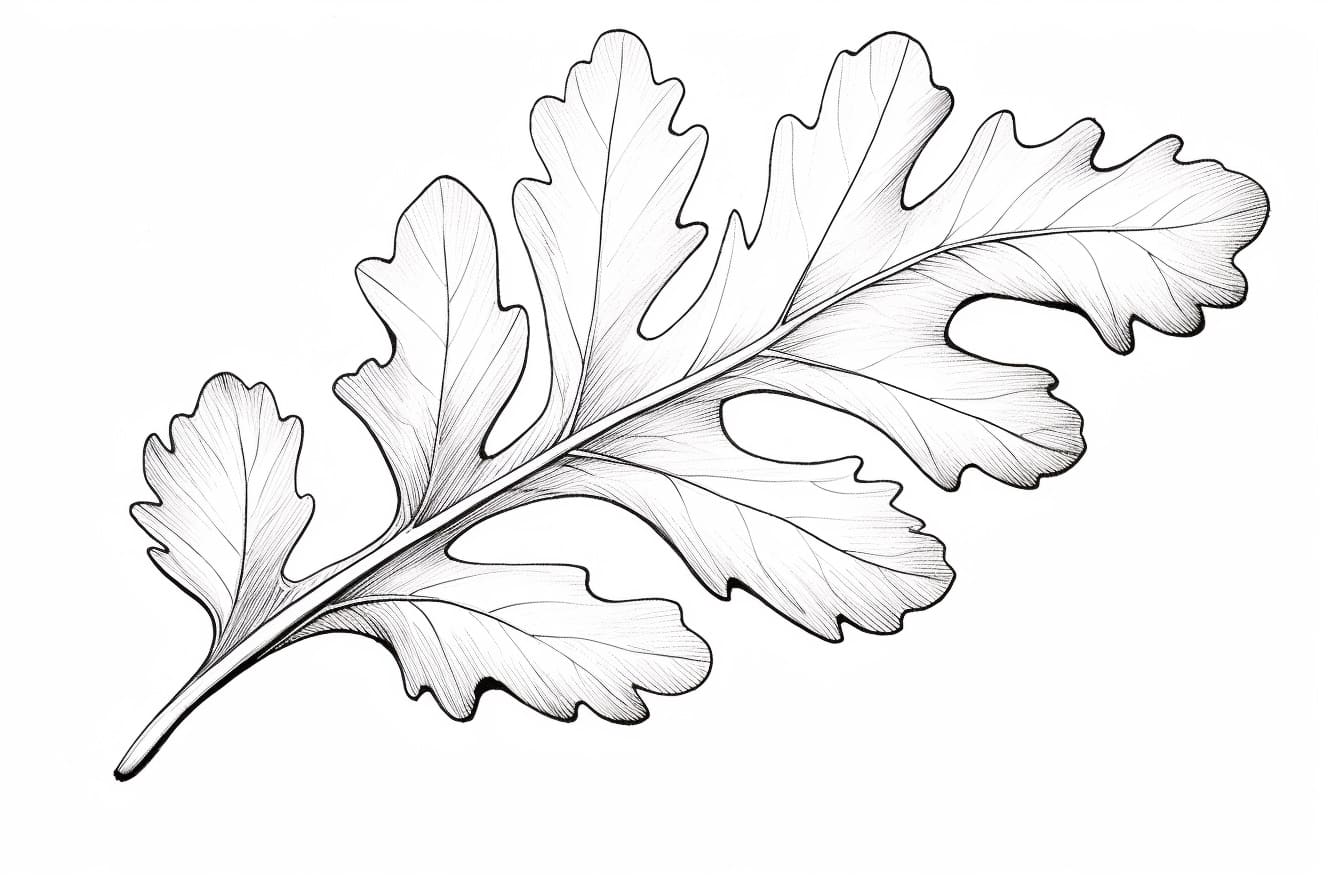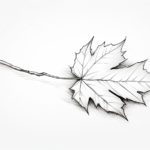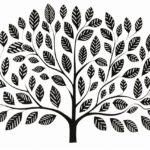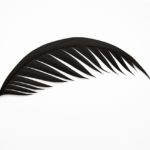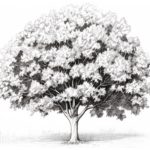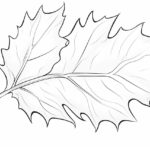Drawing an oak leaf may seem like a simple task at first glance, but upon closer examination, one can uncover the intricate details and unique characteristics that make this subject truly fascinating. The oak leaf, with its distinctive lobed shape and delicate veins, has long been admired for its beauty and symbolism in art. In this guide, we will explore the art of capturing the essence of an oak leaf through drawing. From studying its form and structure to mastering shading techniques to bring it to life on paper, we will delve into the nuances of this timeless subject. So grab your pencils and paper, and let’s embark on a creative journey to discover the art of drawing an oak leaf.
Materials Required
To draw an oak leaf, you will need the following materials:
- Drawing paper or sketchbook
- Pencil
- Eraser
- Sharpener
- Colored pencils or markers (optional, for adding color)
- Reference image of an oak leaf (optional, for guidance)
These basic materials will help you create a realistic and detailed drawing of an oak leaf. Remember to observe the shape, texture, and details of the leaf carefully as you draw. Have fun and enjoy the process!
How to Draw an Oak Leaf: a Step-by-step Guide
Step 1: Gather Your Materials
Gather all the necessary materials before starting to draw an oak leaf. You will need a pencil, eraser, paper, and your choice of coloring materials such as colored pencils, markers, or watercolors.
Step 2: Study the Oak Leaf
Take a close look at an oak leaf either in person or through reference images. Notice the shape of the leaf, the texture of the edges, and the veins running through it. Pay attention to any unique characteristics that distinguish an oak leaf from other types of leaves.
Step 3: Start with the Outline
Begin by lightly sketching the basic outline of the oak leaf using your pencil. Start with the overall shape of the leaf, which is usually elongated and slightly pointed at both ends. The edges of an oak leaf are typically wavy and have rounded lobes.
Step 4: Add Detail to the Veins
Next, add the veins that run through the leaf. These veins are usually prominent and follow a pattern that radiates from the base of the stem to the tips of the lobes. Draw the main vein first and then add the secondary veins branching out from it.
Step 5: Refine the Edges
Refine the edges of the leaf by adding more definition to the wavy and jagged edges. Pay attention to the irregularities and variations in the edges to capture the natural look of an oak leaf. Make sure the lobes are distinct and not perfectly symmetrical.
Step 6: Shade and Add Texture
To give your oak leaf a three-dimensional look, add shading to create depth. Shade along the veins and edges of the leaf to make them stand out. You can also add texture by lightly sketching small lines or dots to mimic the leaf’s surface texture.
Step 7: Final Touches
Once you are satisfied with the overall look of the oak leaf, go over your drawing to make any necessary adjustments or refinements. Erase any stray lines or smudges and darken any areas that need more contrast. You can also choose to color your oak leaf using your preferred coloring materials.
Step 8: Sign and Date
Sign your artwork in the corner or along the bottom of the page to mark it as your own. Consider dating your drawing to commemorate when it was created. Display your finished oak leaf drawing proudly or share it with others to showcase your artistic skills.
Conclusion
In conclusion, mastering the art of drawing an oak leaf requires patience, practice, and attention to detail. By following the step-by-step guide provided in this article and taking the time to observe the unique characteristics of an oak leaf, you can create a realistic and beautiful representation of this natural element. Remember to embrace your own artistic style and allow yourself the freedom to experiment with different techniques to truly bring your oak leaf drawing to life. Keep practicing and refining your skills, and soon enough, you will be able to capture the beauty of nature with confidence and precision.
Fun Facts About Oak Leaves
- Oak leaves are known for their distinctive shape, with lobed edges and a pointed tip. The typical oak leaf has a characteristic symmetrical shape, although the number and depth of the lobes can vary depending on the oak species.
- Oak leaves are often used as a symbol of strength, endurance, and wisdom in various cultures around the world. They have been featured in art, literature, and folklore as a representation of longevity and resilience.
- Oak leaves are an important food source for many species of caterpillars, insects, and wildlife. They provide shelter, food, and nesting material for a variety of animals, including birds, squirrels, and insects.
- Oak leaves are rich in tannins, which give them their characteristic bitter taste and help protect the tree from pests and diseases. Tannins also have astringent properties and have been used in traditional medicine for their anti-inflammatory and antioxidant benefits.
- In some cultures, oak leaves are believed to have protective and healing properties. They are often used in herbal remedies and folk medicine to treat conditions such as inflammation, skin irritations, and wounds.
- Oak leaves play an important role in the ecosystem by contributing to nutrient cycling and soil health. When oak leaves fall to the ground and decompose, they release organic matter and essential nutrients back into the soil, supporting the growth of other plants and organisms.
- Oak leaves are commonly used in crafts and DIY projects, such as leaf pressing, leaf rubbing, and leaf painting. They can also be used for natural dyeing, creating beautiful hues of yellow, brown, and green.
- Oak leaves change color in the fall as the tree prepares for winter dormancy. Depending on the oak species, leaves can turn various shades of yellow, orange, red, or brown before eventually falling from the tree.
- Oak leaves have been featured in various heraldic symbols and coats of arms throughout history. They are often used to represent strength, stability, and nobility in heraldry and are a common motif in European and American heraldic designs.
- The Oak Leaf Cluster is a military decoration awarded to members of the U.S. Armed Forces who have received multiple awards of a particular medal. The cluster is designed to resemble an oak leaf and is worn on the ribbon of the original medal to denote additional awards.
Suggestions for Scenes and Settings for Oak Leaf Drawings
Absolutely, here are some suggestions for scenes and settings featuring oak leaves that you or your students can draw:
- Oak tree in a serene forest clearing, with the sunlight filtering through the leaves.
- Close-up of an oak leaf changing colors in the fall, with a backdrop of other autumn leaves.
- A squirrel nestled among oak leaves, collecting acorns.
- Oak leaf floating on a tranquil pond, with reflections of the surrounding trees.
- Oak leaf as part of a nature-inspired mandala, surrounded by other natural elements like flowers and vines.
- Oak leaf intertwined with a delicate spider web, showcasing the intricacies of nature.
- Oak leaf as part of a whimsical fairy tale scene, with tiny creatures using it as shelter or a canopy.
- Oak leaf caught in a gentle breeze, with movement and flow depicted through subtle lines and shading.
- Oak leaf as a symbol of strength and resilience, set against a backdrop of stormy skies.
- Oak leaf as part of a seasonal series, with winter snowflakes, spring flowers, and summer sunshine all represented in the same drawing.
These ideas can be adapted and expanded upon to create unique and captivating artworks featuring oak leaves. Encourage your students to experiment with different styles, techniques, and perspectives to bring their drawings to life.

